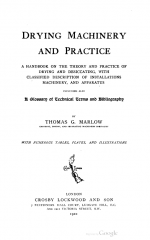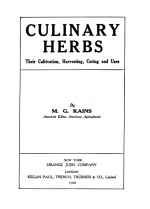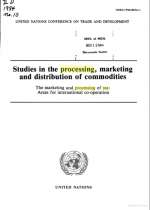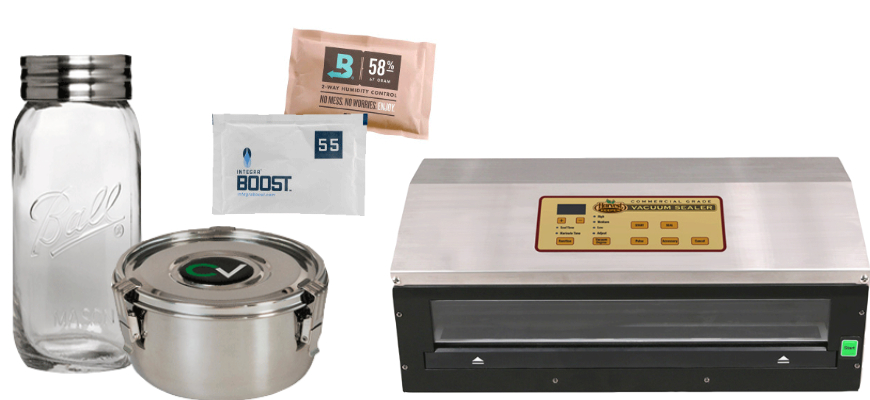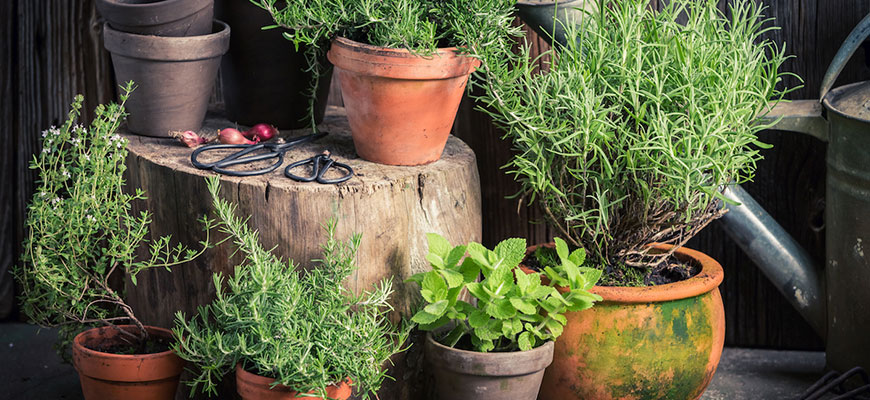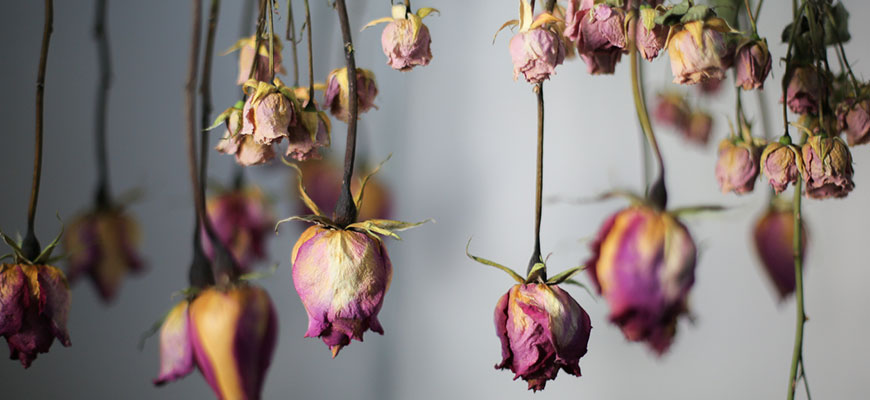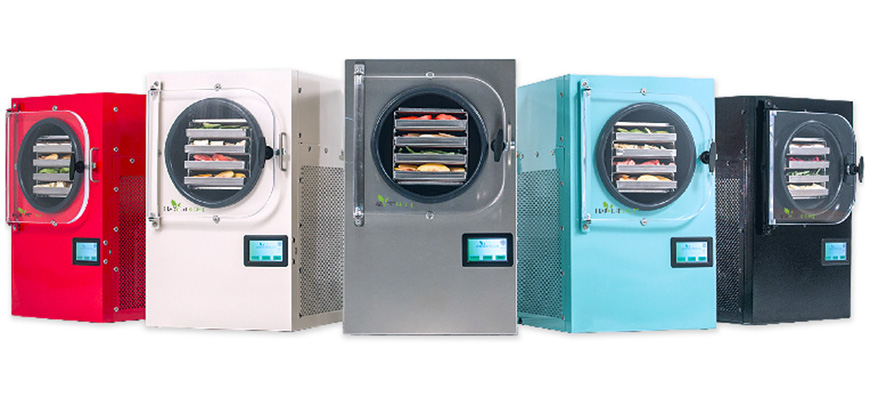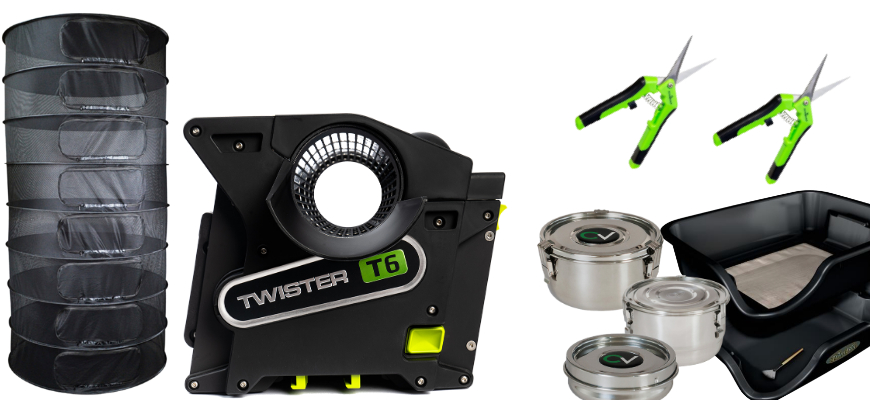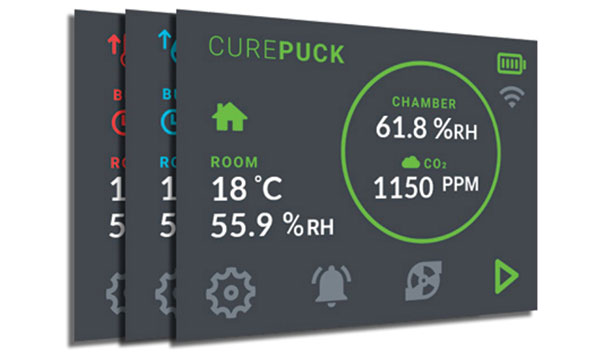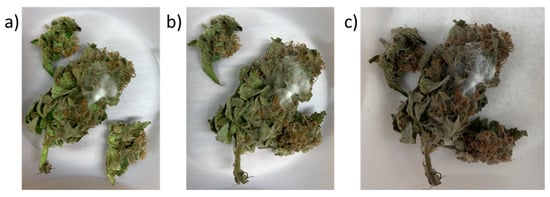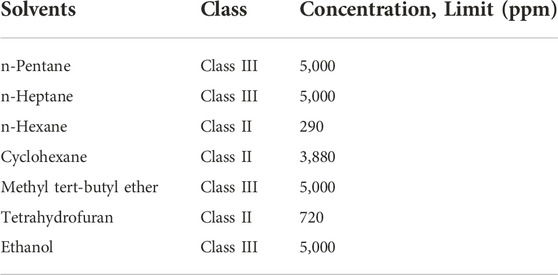Mature flowers are characterized by apparent lack of unstalked glandular trichomes, as glandular trichomes have matured to the stalked stage (Livingston et al., 2019), and with more than 80% of pistils turning from white/green to brown.


Using correct spectrum light to check for mature stalked gland harvest time as outlined in DOI link above
- DOI: 10.1111/tpj.14516
Using correct spectrum light to check for mature stalked gland harvest time as outlined in DOI link above
Last edited:

 post your findings, in humid climates this is most challenging
post your findings, in humid climates this is most challenging